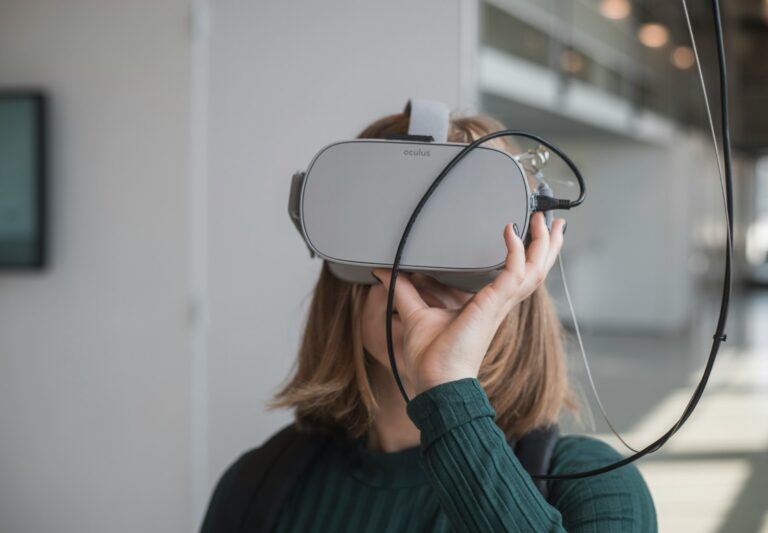Data indicates that this is still “a very specialized product,” according to Ming-Chi Kuo, an analyst.
Apple’s Vision Pro, which retails for $3,499, is not suitable for everyone, and the most recent pre-order projections indicate that this virtual reality spatial computing device has gotten off to a poor start. According to the calculations that analyst Min-Chi Kuo made based on pre-order inventories and shipping time, he estimates that the company sold somewhere between 160,000 and 180,000 Vision Pro headsets during the course of the previous weekend. Considering that this already significantly surpasses Kuo’s original production predictions of 60,000 to 80,000 units with the initial release scheduled for February 2, it is not surprising that the Vision Pro was completely sold out as soon as pre-orders were made available.
Despite the fact that this appears to be good news, Kuo pointed out that the fact that shipping timeframes have remained the same within the first forty-eight hours may suggest that there will be a sudden decrease in demand after the heavy users and fans who are really passionate have finished placing their pre-orders. On the other hand, orders for iPhones would often “see a steady increase in shipping times 24 to 48 hours after pre-orders open.” However, it is obvious that the Vision Pro is not designed for the typical customer in its current state. This is especially especially true when considering the absence of some popular applications such as YouTube, Spotify, or Netflix. In addition, the base price of $3,499 is absolutely staggering. However, according to an earlier rumor by Mark Gurman of Bloomberg, Apple may in the future create a more affordable model that is priced somewhere between $1,500 and $2,500.
According to Kuo, even though the device has been completely sold out, which is based on the upper initial production figure of 80,000 units, this only amounts for approximately 0.007 percent of Apple’s 1.2 billion active users. This makes the Vision Pro “a very niche product” in Cupertino’s perspective. A global debut of the headset is believed to take place some time before this year’s World Wide Developers Conference (WWDC), most likely in June. This means that the tech giant will need to find a way to generate and maintain demand for the headset before it is released to the public. Meanwhile, Apple is also hard at work establishing demonstration rooms at its flagship stores in the United States, with the objective of increasing the number of sales through the use of their 25-minute sessions.

